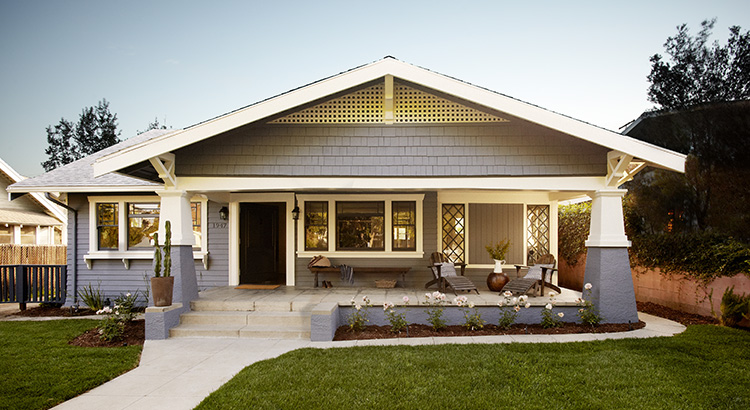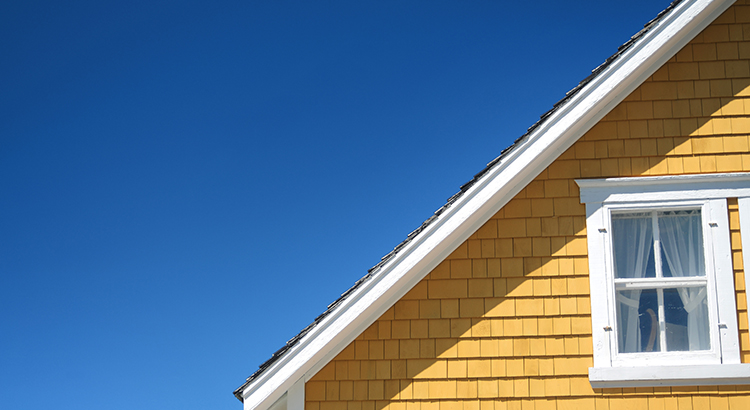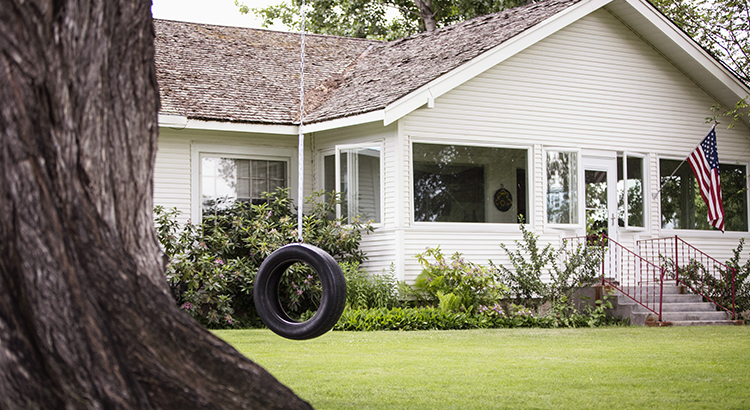Portland Adapts to the Sixties – Our Home History
By all accounts, the 1960s were a tumultuous time in Portland and the world at large. The relative peace and prosperity of the 1950s gave way to challenge and change and the looming threat of another war. While the previous decade’s improvisation with home design continued, strolling through a neighborhood of homes constructed in the 1960s will present several key indicators of the decade’s emotional landscape.
 Ultimately, we became more private. Energy was still relatively inexpensive so cavernous living rooms with vaulted ceilings made staying indoors feel less claustrophobic. Windows continued to expand, inviting the outside in, but the focus shifted to the back yard. Foundations crept closer to the front of the lot, concealing the activities of the neighborhood. Streets once alive with children playing together out front became more subdued. Two-car garages hid automobiles entirely, making it difficult for passersby to tell at a glance if residents were even home.
Ultimately, we became more private. Energy was still relatively inexpensive so cavernous living rooms with vaulted ceilings made staying indoors feel less claustrophobic. Windows continued to expand, inviting the outside in, but the focus shifted to the back yard. Foundations crept closer to the front of the lot, concealing the activities of the neighborhood. Streets once alive with children playing together out front became more subdued. Two-car garages hid automobiles entirely, making it difficult for passersby to tell at a glance if residents were even home.
 But out back, the homes were full of life. The daylight ranch found its stride in the 1960s, taking split-level living to new heights. The sliding glass doors transformed what would have merely been daylight basements into sun-splashed downstairs dens, complete with their own portal to a private backyard. This usually meant a patio ideal for social gatherings and a deck with a safely elevated view of the happenings below. Inside, the advent and increasing popularity of the range hood allowed modern designs to join the kitchen with the dining room, giving birth to the community-friendly cooking space.
But out back, the homes were full of life. The daylight ranch found its stride in the 1960s, taking split-level living to new heights. The sliding glass doors transformed what would have merely been daylight basements into sun-splashed downstairs dens, complete with their own portal to a private backyard. This usually meant a patio ideal for social gatherings and a deck with a safely elevated view of the happenings below. Inside, the advent and increasing popularity of the range hood allowed modern designs to join the kitchen with the dining room, giving birth to the community-friendly cooking space. 
Homes became sanctuaries amidst the social and political turmoil of a nation experiencing its growing pains on the world stage. While we still prize our privacy, the 1960s marked the turning point for several hallmarks of the home styles we still embrace today.











